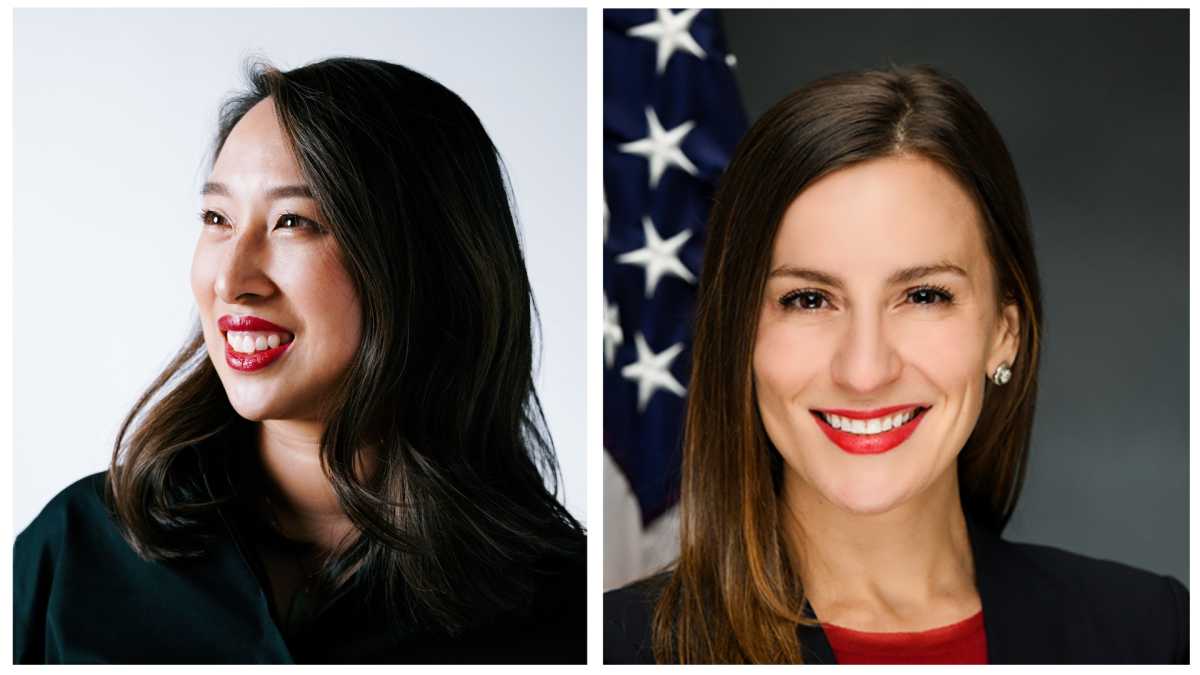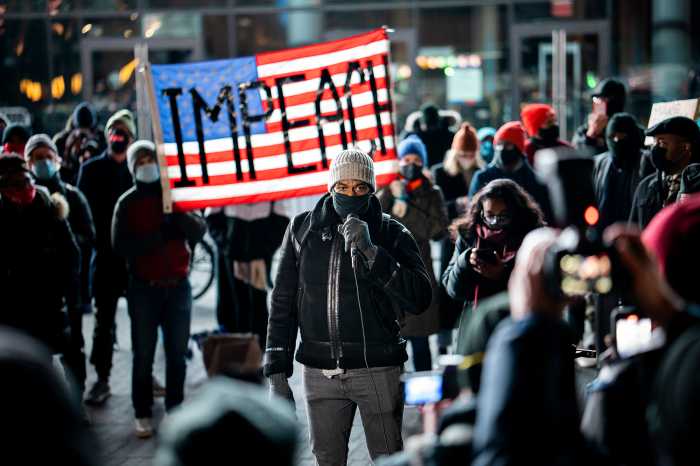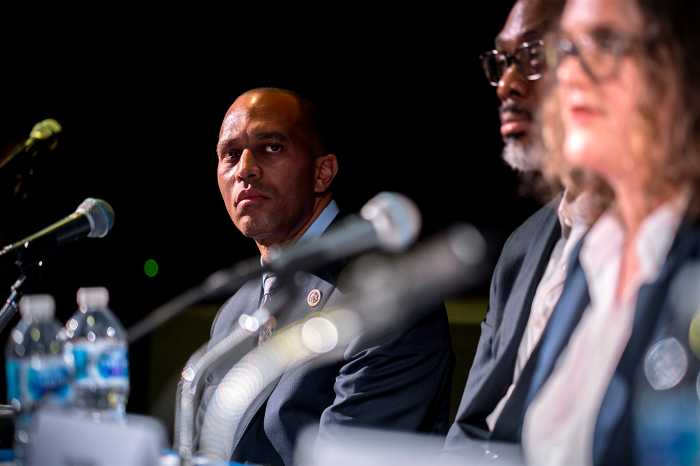Progressive candidates for statewide office, assembly and low-level party positions weren’t able to topple longtime incumbents in many key races during Tuesday’s Democratic primary, but see a chance for redemption in the upcoming congressional and state senate primaries on August 23.
Unofficial vote tallies show Democratic candidates backed by the New York Working Families Party (NYWFP) and the Democratic Socialists of America (DSA) came up short in taking down entrenched incumbents in races spanning from the Bronx to Brooklyn Tuesday night.
The more notable losses for progressives Tuesday night included former U.S. Senate staffer Jessica Altagracia Woolford’s failed bid to topple northwest Bronx Assembly Member Jeffrey Dinowitz, who chairs the powerful Assembly Codes Committee and has represented the area for almost 30 years. On the east side of the mainland borough, Assembly Member Michael Benedetto, chair of the lower chamber’s education committee, fended off a challenge from left-wing organizer Jonathan Soto. Both Dinowitz and Benedetto captured healthy majorities of the vote over their progressive rivals.
Moderates also repelled challegners in other parts of the city, including Assembly Members Nikki Lucas in eastern Brooklyn and Inez Dickens in Harlem.
Some have been quick to declare the progressives’ losses a sign that the tides are turning in favor of establishment Democrats in the ongoing war for control between the two wings of the party.
Kumar Rao – senior director of policy and strategy for NYWFP, however, told PoliticsNY the poor showing from left-leaning candidates Tuesday was a product of low-turnout, spurred by this year’s split primary that resulted from a chaotic redistricting process.
“It was just a very low turnout election and I think as a result of that, incumbents benefited,” Rao said. “There’s a lot of reasons for the low turnout, but clearly the split primary damaged turnout. The redistricting chaos [and] the split primary are really not good for democracy as a whole.”
Rao also pointed out that progressive did manage to defend several districts from moderate challengers, like in Coney Island where Mathylde Frontus defeated Brooklyn Democratic Party-backed Dionne Brown-Jordan. And even gained a couple of seats, including in western Queens where Juan Ardila won the contest to replace retiring Queens Assembly Member Catherine Nolan.
But Rao said he thinks August promises to be a higher turnout election because recent U.S. Supreme Court decisions striking down gun restrictions and abortion rights and the ongoing Congressional hearings on the Jan. 6 2021 storming of Capitol Hill will likely drive more voters to the polls. And higher turnout, he said, will give progressive candidates an edge.
The party will also specifically focus its efforts on races for the newly drawn 10th Congressional District covering Brooklyn and Manhattan, where Assemblymember Yuh-Line Niou is vying for the open seat against a crowded field. And the upstate 17th Congressional District, where state Sen. Alessandra Biaggi is running against longtime U.S. Rep. Sean Patrick Maloney (D–Hudson Valley).
“We’re looking forward to running aggressively in a few priority races, including Congressional District 10, supporting Yuh-Line Niou and Congressional District 17 with Alessandra Biaggi,” Rao said. “There’re very different dynamics, I think, going into the August primary. I think we’re anticipating this kind of right-wing extremism of the Supreme Court with Roe being overturned, the gun ruling, as well as the Jan. 6 hearings, is going to spur more voters to come out to really try and protect democracy. To protect the House and Senate majority. So I think we will see stronger turnout and certainly, I think, more energy around many of these races in August.”
Both the Supreme Court decisions Rao mentioned came down a few days before Tuesday’s primary and the Jan. 6 hearings have been taking place over the past month, meaning both likely had the chance to drive turnout in the June election.
Political consultant Eric Stavisky, however, sees things quite differently. Stavisky – the founding partner and president of The Parkside Group – told PoliticsNY that Rao’s premise is flawed because Tuesday’s election actually boasted fairly high turnout when compared to most elections over the past two decades.
“Literally, if you just compare 2022 to any election cycle, except 2018, hundreds of thousands of more Democrats voted in this year’s primary than in previous cycles,” Stavisky said. “So, I say this respectfully, but I just don’t think the data bears out the belief that 2022 was a low turnout election. It was actually a higher than typical turnout election. The only time that we’ve really seen anything bigger in a statewide election has been the 2018 primary or the various presidential primaries.”
Roughly 865,000 Democrats voted in this year’s first primary so far, Stavisky said, a number that pales in comparison to the 1.6 million Democrats who voted in the 2018 primary. But in all previous cycles for the past 20 years, he said, turnout was much lower than this year.
Due to the fact that there’s no statewide race, Stavisky said, the August primary will likely have a lower turnout than the June primary. So, the only way progressives are really going to tilt the odds in their favor in August, he added, is if they’re able to mobilize their own voters to come back out to the polls.
“The question is: will a group of motivated progressives make up a bigger piece of the pie, when the pie shrinks?” Stavisky said. “It’s certainly possible. If progressives do a good job of mobilizing their candidates to vote, they can have an impact. But ultimately, they ran very spirited campaigns and were generally unsuccessful in a high turnout election. And it’s been the case in recent years in New York.”










